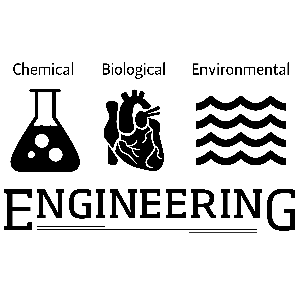
The Tillamook County Public Works Department is looking for a long-term, safe option to process 10-15 million gallons of dilute leachate each year from the Tillamook Closed Landfill. Excess ammonia and iron from the leachate must be treated to sufficient levels so that it can be safely drained to a vegetated swale, where it can be ultimately discharging to the Tillamook River. The TCSW intends to build pilot-scale units to validate promising ideas in the field, and they are seeking assistance with the design and management of these systems as well as the full-scale systems to be modeled. The utility is of high value for low-energy, low-chemical, low-monitoring, and low-maintenance systems.
The group objectives are to provide preliminary and pilot-scale designs for a treatment solution to be low-maintenance, cost-effective, and energy-efficient. Designs will ideally be able to handle all seasonal flows hydraulically, satisfy area restrictions (0.8 and 0.1 acres for the full-scale and pilot, respectively), meet discharge limitations for iron, ammonia, TSS, and pH year-round, and have options that are more sustainable than traditional treatment approaches.
Based on the group's discussion result, the design is going to be divided into four main elements: lime addition basin, sedimentation basin, sludge handling, and free-water surface constructed wetland. The lime addition basin is for raising the pH of the leachate up to at least 8 by adding calcium oxide (CaO) and encouraging precipitation of iron (III) hydroxide. The sedimentation basin will provide a long enough retention time for the iron precipitate from the lime addition basin to settle to the bottom of the basin. A sludge lagoon will be used to dewater the sludge from the sedimentation basin before being disposed off-site. Lastly, the leachate will pass through the free-water surface constructed wetland for nitrifying and denitrifying the ammonia into nitrogen gas by plants.
In conclusion, our group has now completed the following preliminary design: two 3x3x3 m3 lime addition ponds, one 10.1x2x5 m3 sedimentation pond, two sludge lagoons with an area 7m2 and depth of 1.5m, and three zones of a wetland, where zone 1 and 3 are scaled by 185x37x0.75 m3 and zone 2’s size is 262x52x3 m3. We are still working on some improvements for each element, especially the sedimentation pond, and providing considerations for the maintenance on each element.
| Attachment | Size |
|---|---|
| 339.94 KB |

